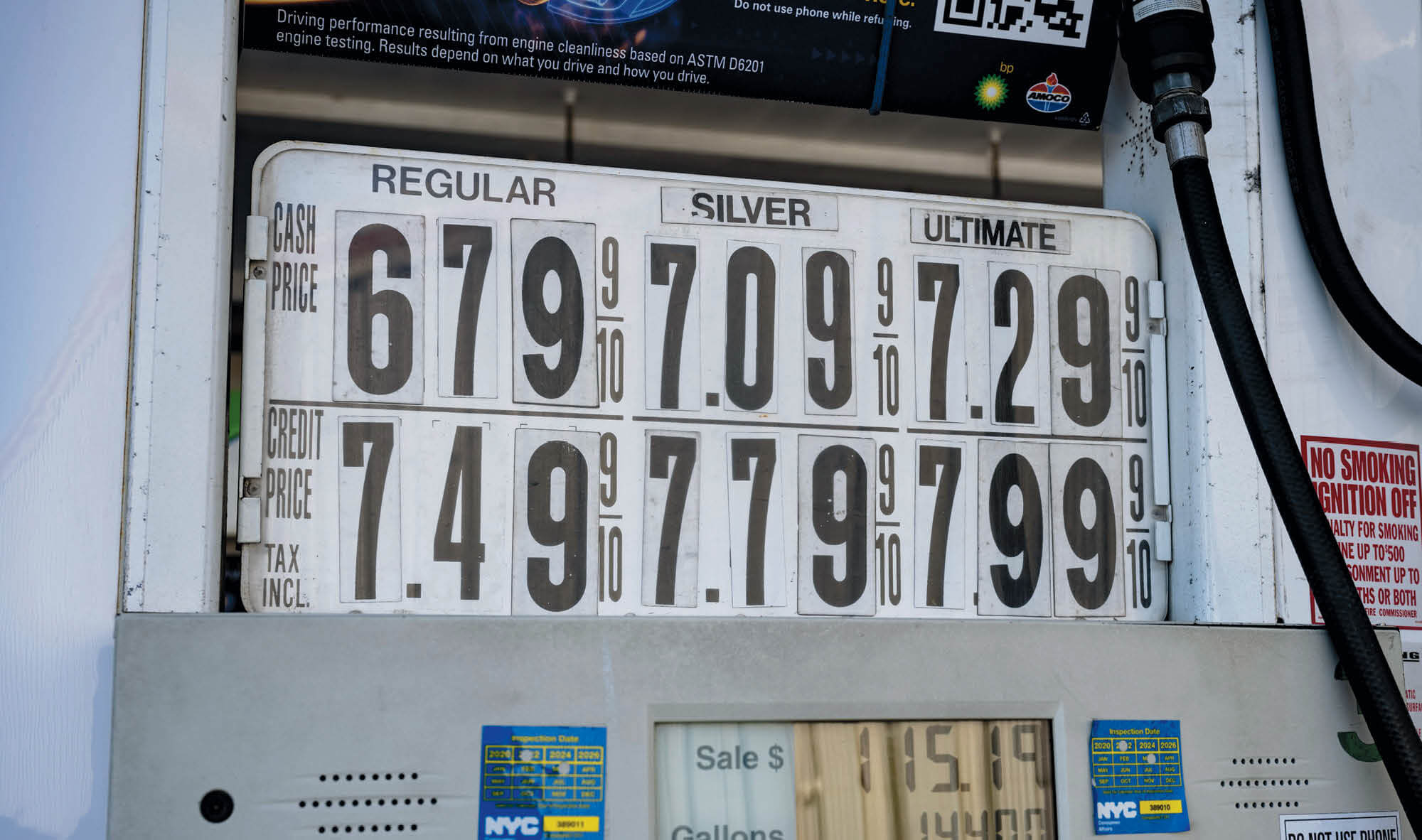The myth of energy independence

The rapid rise in gas prices following Russia’s invasion of Ukraine renewed calls for the U.S. to become “energy independent.”
President Biden has advocated transitioning away from fossil fuels and toward more reliance on sun, wind, and other renewable sources, while some Republicans credit former President Trump with achieving “energy independence” because the U.S. became a net exporter of crude oil during his last year in office.
But what exactly is “energy independence”? Andrew Campbell, executive director of the Energy Institute at Haas, explains.
“‘Energy independence’ is a political slogan, not an economic or technical concept with a clear definition,” Campbell says. “Politicians use the term ‘energy independence’ to imply that a country is insulated from global energy markets. However, this is rarely the case.”
The recent spike in U.S. gas prices—despite robust U.S. oil production—is a case in point, Campbell says.
“If a country produces all of the energy that it consumes, does not participate in international trade in energy, does not import energy-intensive products, and does not send energy-related pollution to its neighbors or the atmosphere, then I would consider it energy independent. I don’t think any country meets that definition.” Berkeley Haas asked Campbell to elaborate.
In 2020 the U.S. exported more oil and petroleum than it imported. Was it no longer dependent on foreign oil then?
The U.S. was a net exporter that year because of a steady increase in oil production each year since 2008 as well as a decrease in demand of transportation fuels during the pandemic. However, imports of foreign oil and petroleum equaled 43% of U.S. consumption in 2020.
Why would the U.S. rely on imports if it has excess oil to sell?
The U.S. can simultaneously be a net exporter of petroleum and highly dependent on imports for a couple of reasons. One is geographic. Domestic oil production tends to occur in the middle of the U.S. and is connected to Midwest, Gulf Coast, and East Coast refineries but not to West Coast refineries, which import lots of oil from overseas. In the eastern U.S., there can be transportation bottlenecks or high transportation costs making it cheaper to buy from overseas.
Refineries are also fine-tuned to process certain types of crude oils—for example, heavier versus lighter or oils with varying sulfur contents. Getting the most appropriate types of crude oil to each refinery involves selling crude oil that U.S. refineries cannot process to foreign countries and buying the right kind of foreign crude oil.
Why did the Ukraine war spike gas prices?
The U.S. allows its producers and consumers to buy and sell oil and petroleum in global markets. This means that domestic prices, including for gasoline refined in the U.S. from oil produced in the U.S., are closely tied to global prices. One advantage of being a net exporter is that there are U.S. companies and regions profiting from high global prices. Meanwhile, many households and parts of the economy are experiencing the downside of high energy prices.
How can the U.S. insulate consumers from price spikes driven by global events?
The U.S. can begin to escape the impacts of global oil markets by moving away from oil and toward other energy sources such as electricity produced by renewable energy and, to some extent, natural gas (which is becoming increasingly global) and nuclear (which involves imported uranium).